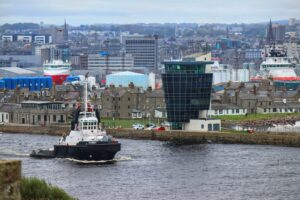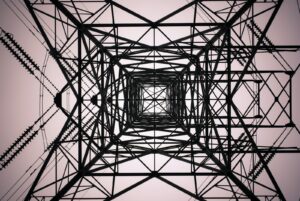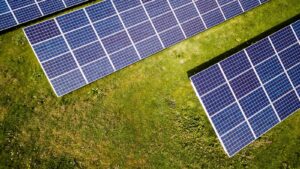Offshore sector supplies enough electricity to power 20% of UK homes, report finds
The Crown Estate has announced in its latest report, published this week, that in 2017 the offshore sector supplied the electricity needs of 5.3 million homes (around 20% of the UK total).
It also revealed that 1,762 fully commissioned offshore turbines were in operation in the UK’s waters, following the addition of 372 machines in the 12-month period.
The report also stated:
- offshore wind reduced the UK’s Co2 emissions by 8.6million tonnes (with UK carbon emissions falling to 1890 levels).
- 7 windfarms began generating and 4 became fully operational, which helped to deliver over half of all the new capacity built in Europe last year.
- 2 GW of new capacity was added to UK offshore wind in 2017, of which 1.8 GW was operational by the end of the year.
- the number of financial investors in offshore wind grew by 350% in the years 2011-2017.
The Crown Estate director of energy, minerals and infrastructure Huub den Rooijen said: ‘2017 has been a milestone year for the UK offshore wind sector, the busiest yet for construction and delivering more electricity than ever before.
‘This latest report showcases an increasingly mature sector, delivering large-scale, low-carbon power, with record low bid prices for future projects, making the most of the UK’s world-class seabed resources and creating jobs opportunities across the country.’
The report reads that ‘the ambition is to grow operating capacity from 6.9 GW at the end of 2017 to 30 GW in the 2030s,’ which they believe will ‘make our energy system more reliable
and sustainable, lower overall costs, and provide a huge opportunity for all stakeholders involved to have their say in this exciting energy transition.
‘To facilitate market demand for new offshore sites we have commenced dialogue with industry and statutory stakeholders to scope a potential new leasing round.’
In November 2017 the Crown Estate announced plans to work with the offshore wind sector and stakeholders to consider making new seabed rights available to offshore wind developers. If new leasing is confirmed, a formal process could commence in late 2018 or early 2019.
Read the report here















